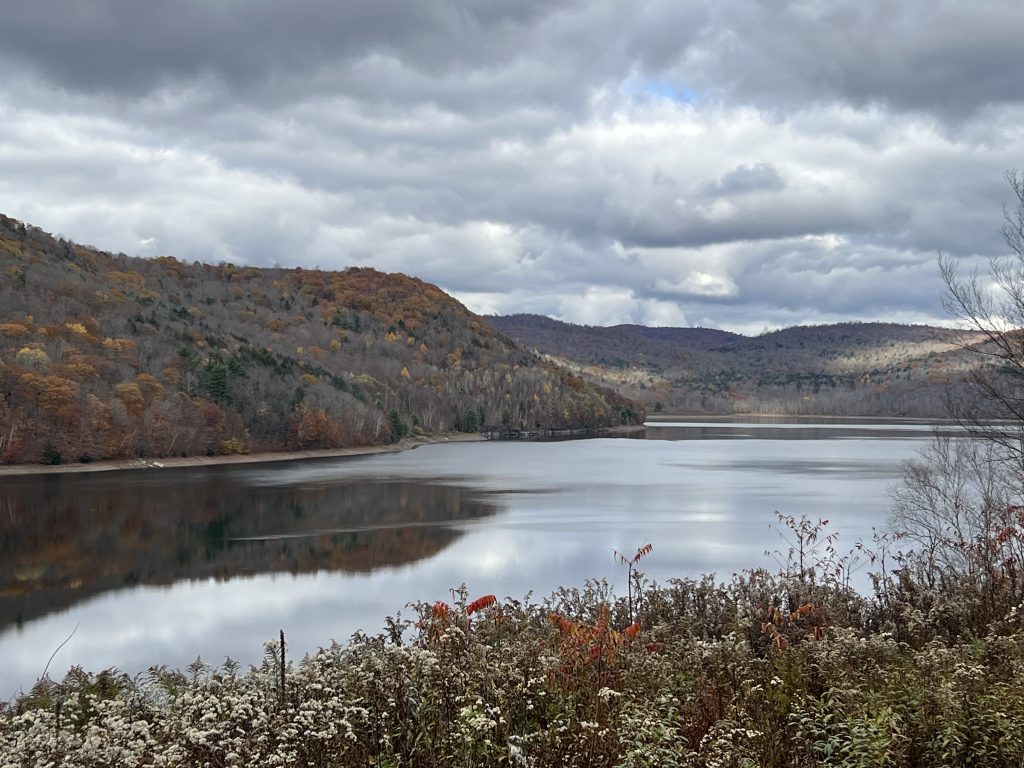
DRBC to explore water-storage possibilities to alleviate drought
| September 12, 2024
The scientists, engineers and planners at the Delaware River Basin Commission work on all sorts of projects, almost invisibly, and then they suddenly appear, usually in the form of a resolution presented to the commissioners to take the next step in a project.
So it was that on Sept. 5, when a resolution about water storage in the basin was approved.
As referenced in that resolution, the DRBC “recognized potentially significant challenges to the management of the Basin’s water resources posed by climate change.”
Scientists have predicted that the basin would likely see more rain when it rains — floods — and less rain when it doesn’t — droughts. And it’s that second possibility that these investigations look to plan for.
Specifically, the commissioners agreed to the executive director entering into a contract with Mott MacDonald, a global engineering company, to provide a feasibility study of four potential storage projects, identified in the “Evaluation of Additional Storage in the Delaware River Basin,” published in April 2023.
Whittling down the options
In that report, 2,500 potential storage options were whittled down to 14 (12 quarries and two reservoirs).
Now, those options have been further whittled to four. Three of them are quarries, which would be a new water storage resource for the DRBC, and the fourth, an expansion of the capacity of New York City’s Cannonsville Reservoir, which would come likely by raising the spillway, explained Chad Pindar, the DRBC’s manager of water resource planning.
Doing so would raise the circumference of the reservoir, but Pindar pointed out that the New York City Department of Environmental Protection owns a deep swath of land adjacent to the reservoir, so it wouldn’t affect residents. This possibility, Pindar explained, was an idea considered in the 1980s and that only recently resurfaced.
He could not say whether that change would have any impact on the demands made on the New York City reservoir system to maintain a U.S. Supreme Court-ordered mandate on flow measured at Montague, N.J.
Pindar referenced the resolution, which did not identify any specific plan for the use of that water and gives a wide range of possible uses, “including but not limited to system resilience; drought management; flow management; salinity control; sea level rise and climate adaptation; water availability; localized flow needs; water quality to support designated uses; spill mitigation; and water emergencies.”
F.E. Walter Dam is off the table
The possibilities of more water storage at the F.E. Walter dam are specifically NOT part of this investigation. It is its own separate study with different funding.
Read more: 500 people pack meeting on using Lehigh River dam to combat drought
Read more: Facts vs. opinion on the F.E. Walter Dam study
The resolution states, “The contemplated study will not include recommendations regarding or otherwise affect an ongoing re-evaluation study for the Francis E. Walter Dam.”
Aside from those two pressure points, what makes the possible storage opportunities interesting is that it will incorporate quarries into the basin’s complicated water supply system.
Quarries are used in other parts of the country for water supply, Pindar said, and what makes them different from current Delaware Basin water-storage facilities is that water would need to be pumped into them since their footprint is narrow and wouldn’t allow filling up as a reservoir does.
He compared it to the Merrill Creek Reservoir, in central Warren Township in New Jersey, which is a consumptive-use reservoir. It was built to be used by power companies to replace the water they need during a drought.
“The water would have to be pumped into and out of a quarry,” Pindar explained.
He expected that work on investigating the four options would begin by the end of the year.
Here’s a report out on the rest of the Sept. 5 DRBC meeting.






